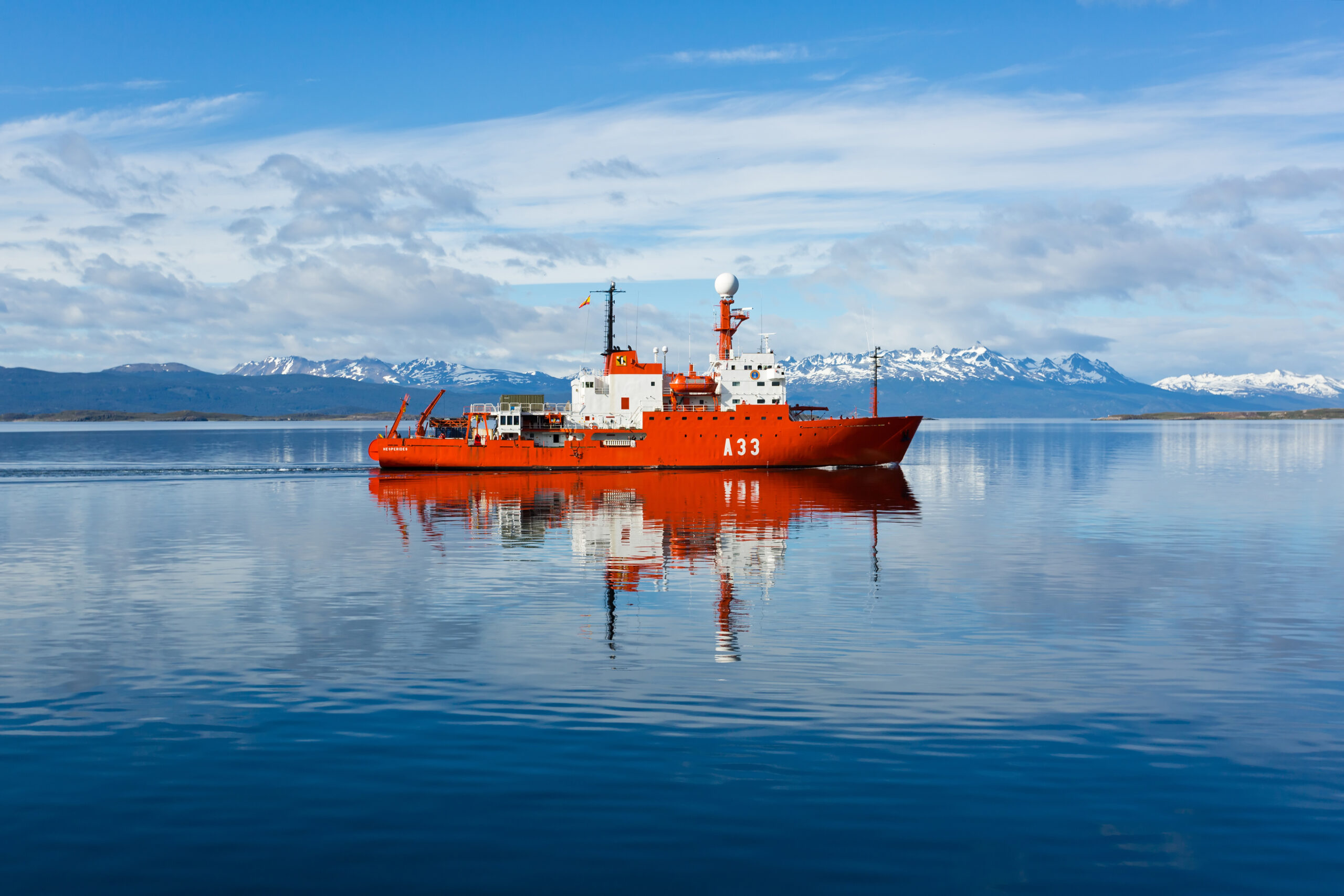Oceanic trace gas analysis is a vital tool for understanding the complex relationship between the Earth’s oceans and its atmosphere. It focuses primarily on measuring gases besides nitrogen, oxygen, and argon, which form the bulk of our atmosphere (~99.93%), such as CO2, and their impact on ocean acidification and climate change. With the help of mass spectrometry, oceanic trace gas analysis provides insights into the exchange of gases between the ocean and atmosphere, air-sea trace gas fluxes, and sources and sinks of trace gases in the ocean. This knowledge is crucial for understanding the impact of human activities on the environment and for developing effective climate change mitigation strategies. This blog post will briefly introduce oceanic trace gases, how they are measured, and what applications they are present in.
What are Oceanic Trace Gases?
Oceanic trace gases are small concentrations of gases that are found in the ocean. Common trace gases include carbon dioxide, methane, nitrous oxide, ozone, sulfur dioxide, and water vapor. However, one trace gas commonly tested for is dimethyl sulfide (DMS). More information is available about DMS than other trace gases, which is why it’s the focus of trace gas analysis. Carbon dioxide is also frequently measured as it has high importance as a trace gas. It can have lasting impacts on marine ecosystems and is one of the primary components of ocean acidification.

Trace gases have several sources and come from atmosphere exchanges and biological and geological processes such as submarine volcanoes. In the ocean, trace gases influence the global climate and the atmosphere’s oxidative capacity by exchanging gases between the ocean and the atmosphere. Because of how much of the Earth’s surface is covered with oceans, these are critical to research.
Applications of Oceanic Trace Gas Analysis
Studying oceanic trace gases plays an important role in many applications. By studying how trace gases affect the ocean and its inhabitants, researchers learn more about how these gases impact climate change and marine ecosystems and how to regulate the sources of trace gases to prevent harm.
Global Biogeochemical Cycles
Trace gas analysis is useful for understanding how global biogeochemical cycles work. The ‘global biogeochemical cycle’ encompasses transporting and transforming essential substances in the global environment: carbon, hydrogen and oxygen, nitrogen, phosphorus, and sulfur. Studying these biogeochemical cycles is useful for understanding the changes in the environment, as they could result from human activities, changes in sea level or temperatures, and other factors.
Studying Ocean Acidification and its Impact
Ocean acidification is a serious problem that is caused by the reduction in pH levels of the ocean over a long period. It negatively impacts marine ecosystems and commercial industries that rely on marine life because it reduces carbonate in seawater, preventing marine life from surviving. Ocean acidification also impacts trace gases, which tampers with the systems monitoring them in the ocean. Studying ocean acidification helps protect marine life and better understand why entire ecosystems are affected by this process, enabling researchers to implement multiple trace gas analysis systems for more accurate monitoring.
Assessing the Role of the Ocean in Climate Change
The ocean has a crucial role in climate change, and changes in the climate can drastically impact the ocean. The ocean absorbs 90% of the heat from climate change and 23% of human activities that result in CO2 emissions. Trace gases in the ocean can be affected by climate change, which results in more problems for marine life and ecosystems. As a result, monitoring trace gases is also important in understanding how climate change alters the oceans.
Hiden Analytical and Oceanic Trace Gas Analysis
Hiden Analytical offers a wide range of solutions for dissolved gas analysis through membrane inlet mass spectrometry (MIMS) instruments. MIMS is a suitable technique for sampling dissolved gases in liquids and volatile compounds that requires minimal preparation. Our MIMS solutions are also used for oceanic trace gas analysis, which can be accurately conducted in real-time with our HPR-40 DSA benchtop system or the portable pQA for in-field measurements.
For more information about oceanic trace gas analysis or any of our software, please contact us today.

